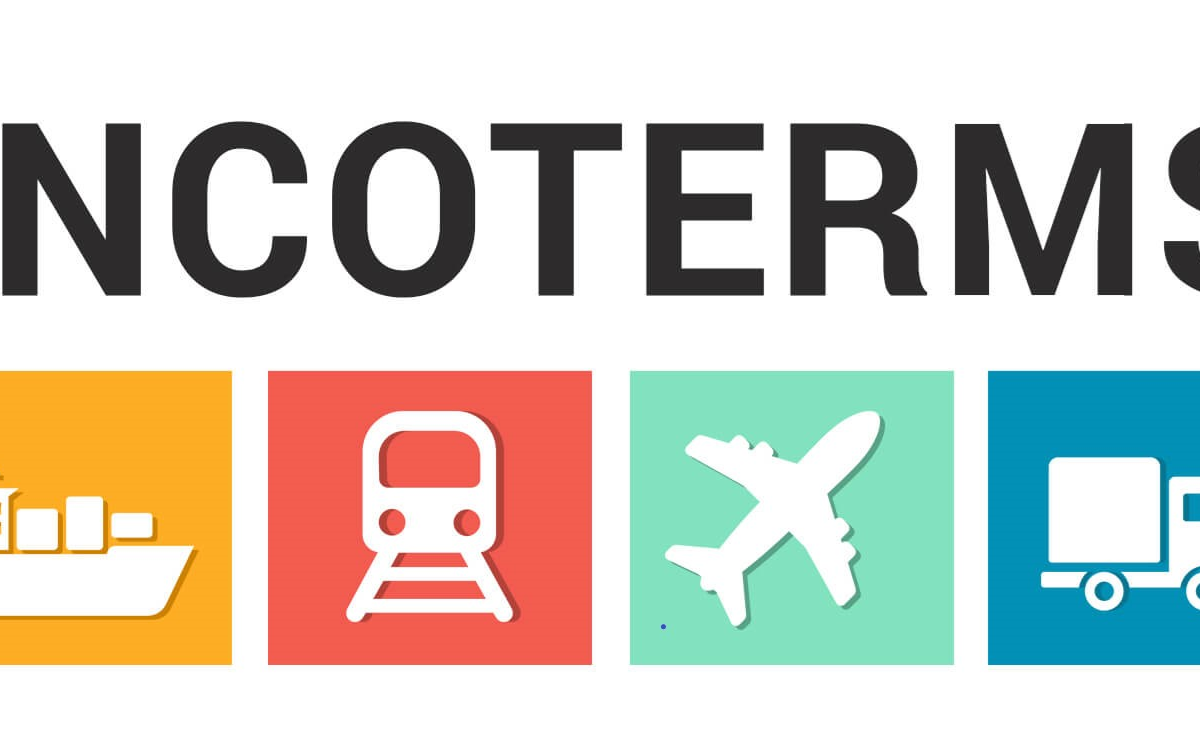
The U.S. Department of Commerce’s Bureau of Industry and Security (BIS) will implement a new process on October 1, 2025, in which petitioning by domestic producers for the inclusion of additional automobile parts under Section 232 tariffs, which currently impose a 25% duty on imports of specific auto parts, will be possible. The move marks a significant extension of the Trump administration’s effort to safeguard national security through trade policy.
Background on Section 232 Tariffs
Section 232 of the Trade Expansion Act of 1962 provides for the President to adjust imports if they are found to be a threat to national security. Originally applied to steel and aluminum, the tariffs have in recent years been extended to some auto parts as fears over foreign dominance of critical supply chains increased.
In a statement on March 26, 2025, President Donald J. Trump directed the Department of Commerce to establish a formal procedure for accepting additional auto parts for tariff consideration.
New Inclusion Process Details
According to the Department of Commerce announcement, the process will operate in four annual submission windows—January, April, July, and October. The first window opens October 1, and will last for two weeks.
Domestic producers will be expected to file full requests consisting of:
- Identification of the petitioner
- Description and HTSUS classification of the auto part
- Reasoning for its classification as an auto part
- Data on domestic production and import volumes
- Explanation of how additional imports undermine national security or harm Section 232 objectives
Requests will be addressed within 60 days. Non-confidential versions will be published on regulations.gov for 14 days of public comment.
Global Trade Implications
The news follows broader shifts in global car trade. On Sept. 16, the U.S. reduced tariffs on Japanese cars and components from 27.5% to 15%, a move touted as a strategic win for Japan amid heightened tensions with China and Europe. The move will benefit Japanese carmakers, while European brands like BMW and Mercedes continue to face pressure with the higher tariffs.
This two-pronged approach—both restricting Section 232 enforcement more tightly and selectively exempting duties for strategic allies—represents a rebalancing of U.S. trade priorities. It also conveys to global automakers that tariff policy will remain one valuable lever for shaping supply chains and investment choices.
Industry Reaction and Outlook
The U.S. parts sector has long been a strong supporter of stronger defenses against increasing imports. This is particularly true from countries with government-supported industries. The new inclusion process offers a formal channel to attempt to address these concerns. This also creates uncertainty regarding potential retaliation and market volatility.
As the October window opens, stakeholders across the automotive ecosystem will be watching closely. The outcome could reshape sourcing strategies, pricing dynamics, and the competitive landscape for years to come.



